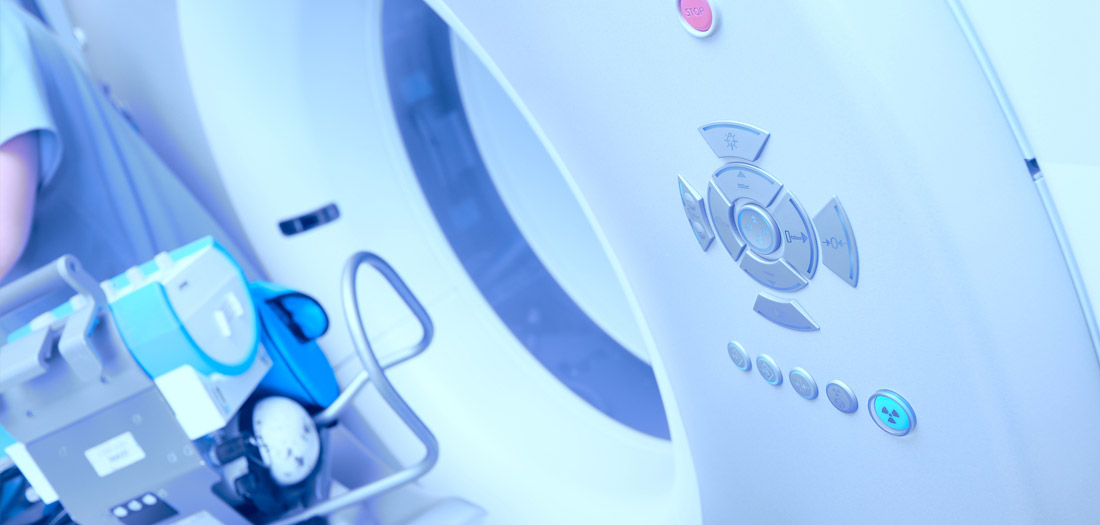
Our technology is designed for your comfort. CHI St. Vincent has imaging technology that requires very short breath-holds resulting in faster and easier imaging procedures for you. Our goals are to give you high quality care, keep your examination time to a minimum and maximize your comfort.
Among our imaging technologies are:
MRI is Magnetic Resonance Imaging. It uses a magnetic field and pulses of radio wave energy to make pictures of organs and structures inside the body.
CT is Computed Tomography. It uses x-rays to create pictures of cross-sections of the body.
PET/CT is Positron Emission Tomography. It uses a radioactive substance, called a tracer, to look for disease in the body.
Planar Nuclear Medicine requires delivery of a gamma-emitting radioisotope (called radionuclide) into the patient, normally through injection into the bloodstream. In addition it ‘attaches’ this isotope to an organ for further evaluation.
SPECT/CT is Single-Photon Emission Computed Tomography. It is a nuclear medicine imaging technique using gamma rays which provides true 3D images.
Ultrasound uses high-frequency sound waves to create images of organs and systems within the body.
Fluoroscopy uses X-rays to obtain real-time moving images of your internal structures.
Mammography uses low-energy X-rays to examine the breast tissue. It is used as a diagnostic and screening tool.
Plain Film X-ray uses a form of electromagnetic radiation to produce a two-dimensional image showing a shadow of a body part on film.
Interventional Radiology uses minimally-invasive image-guided instruments to diagnose and treat diseases in nearly every organ system of your body.
C-Arms are X-ray image intensifiers which convert x-rays into a visible image.
Bone Densitometry uses X-rays to measure how many grams of calcium and other bone minerals are packed into a segment of bone to determine your risk of breaking a bone.
